According to a business report filed by Hyundai Globis with the Financial Supervisory Service, when Hyundai Motor Group (Hyundai Motor, Hyundai Mobis, Hyundai Glovis, etc.) signed an 80% stake in Boston Dynamics from Softbank Group in June 2021, it included a put option(right to purchase) clause that SoftBank could exercise. If Boston Dynamics fails to go public (IPO) within four years, Hyundai Motor Group will have to buy SoftBank's remaining 20% stake for $94.225 million (about KRW 129 billion).
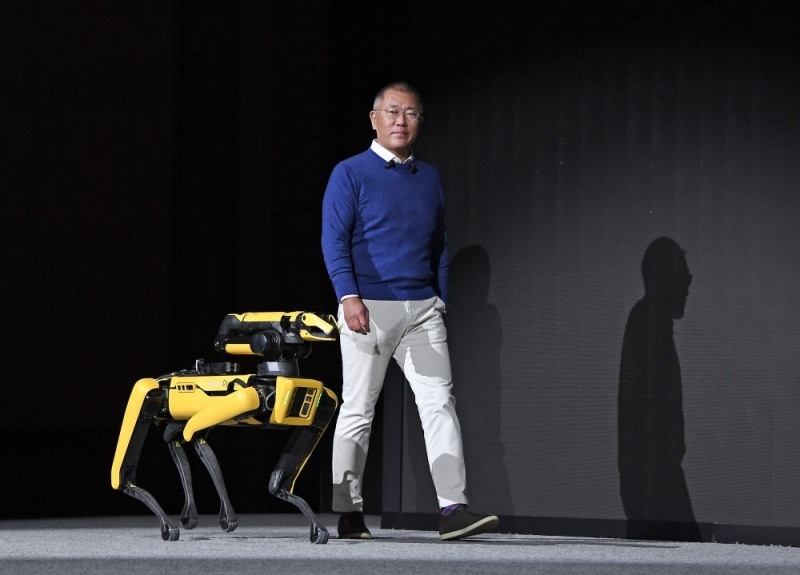
Hyundai Motor Group Chairman Chung Eui-sun and Boston Dynamics' quadruped bot Spot at CES 2022 in Las Vegas, U.S., January 2022. Photo by Hyundai Motor Co.
이미지 확대보기Industry analysts believe that Boston Dynamics is unlikely to list by the promised deadline (June 2025). This is because the company needs at least six to 24 months to prepare for a U.S. listing, and Hyundai Motor Group has not made any move. In addition, the book value of the 20% stake in Boston Dynamics at the end of last year is valued at around 400 billion won. As the company's value has increased from the time of acquisition, it is not a loss-making business for Hyundai Motor Group even if the put option is triggered.
Boston Dynamics is not yet a profitable company. In fact, its losses are increasing every year. The company's revenue grew from KRW 66.7 billion in 2021 to KRW 91 billion in 2023. During the same period, the net loss grew from 196.9 billion won to 334.8 billion won. Boston Dynamics sells two products: Stretch, a robotic arm for logistics centers, and Spot, a four-legged robot dog. It sells to a few companies, but its business performance is not significant.
The 'synergy effect' emphasized by Hyundai Motor Group at the time of the acquisition is also not noticeable.
In the meantime, Hyundai has released videos of non-face-to-face medical treatment and dance videos with BTS through Spot the robot dog. The intention is to enhance its image as a company preparing for the future robot era. However, Hyundai would not have valued the company at $1.1 billion (about 1.5 trillion won) if it was only for the public relations effect, rather than full-fledged business synergy.
The most promising area for synergy is humanoid robots. In April, Boston Dynamics unveiled a new version of Atlas, a humanoid robot designed with an electric drive. "The electric Atlas is capable of lifting and moving a variety of heavier and irregularly shaped objects than the existing hydraulic Atlas," the company said in a press release. While the existing Atlas was more of a research and development effort to create a variety of movements, the new Atlas is being developed with commercial goals in mind.
The first customer for the new Atlas is Hyundai Motor Company. Hyundai is looking to revolutionize manufacturing by replacing repetitive human tasks with robots in its factories.
There is also a possibility that Hyundai will mass-produce the robots and sell them externally. Hyundai Motor Group's manufacturing technology innovation testbed, the Hyundai Motor Global Innovation Center in Singapore (HMGICS), is also reportedly conducting research to produce robots.
In this case, Hyundai Motor Group is likely to compete with Tesla in the robot commercialization race. Tesla has piloted two of its own humanoid bots, called Optimus, in its factories this year. "We hope to have Optimus in (Tesla's) factories next year, and we hope to be able to sell it externally by 2026," Tesla CEO Elon Musk told his X last month.
Gwak Ho-Ryung (horr@fntimes.com)











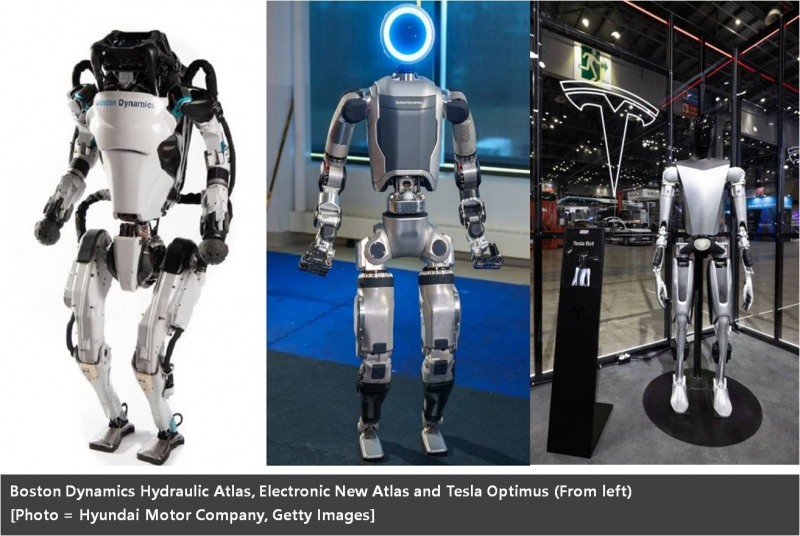

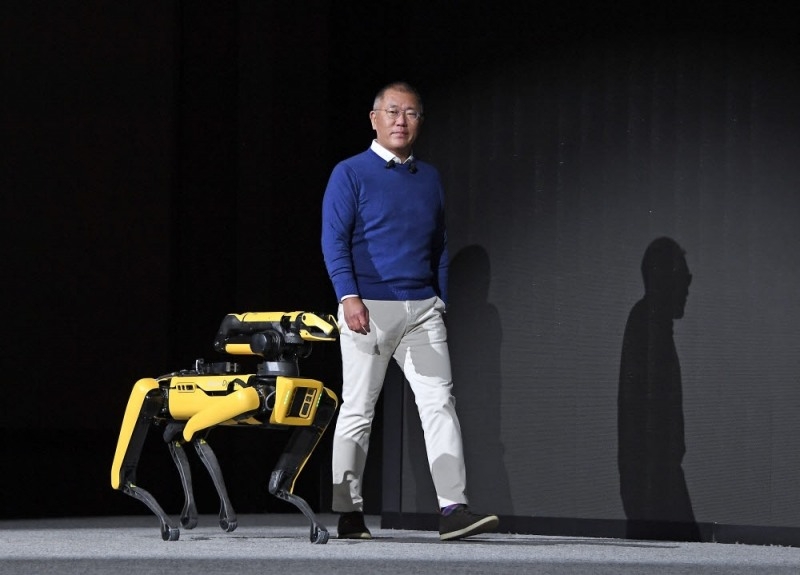
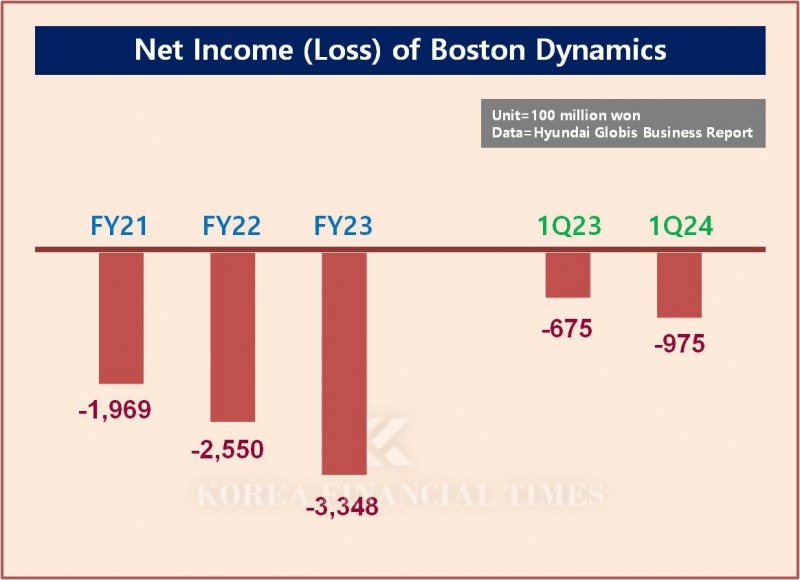

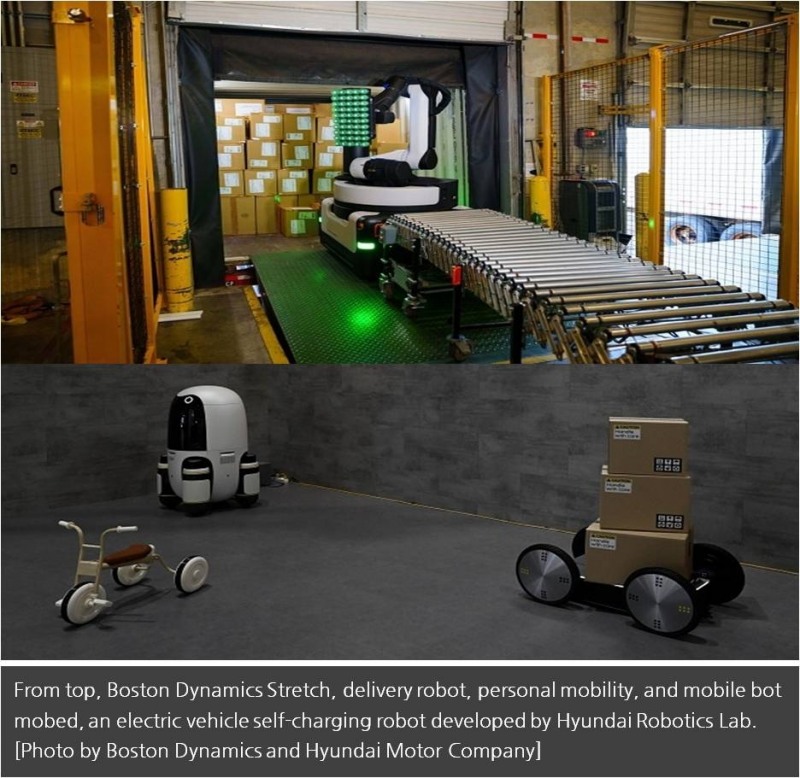







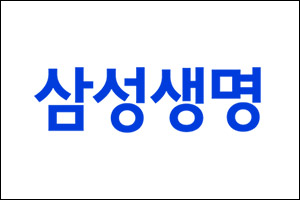









![[삼성전자의 와신상담] ③ 8년간 묵혀둔 곳간 올핸 열릴까?...삼성전자 초대형 M&A 가능성](https://cfnimage.commutil.kr/phpwas/restmb_setimgmake.php?pp=006&w=69&h=45&m=5&simg=202504021558020204074925877362115218260.jpg&nmt=18)
![[단독] 대우건설 자회사 대우에스티, 지난해 공정위·서울시 제재](https://cfnimage.commutil.kr/phpwas/restmb_setimgmake.php?pp=006&w=69&h=45&m=5&simg=2025040212332508946e41d7fc6c2183101242202.jpg&nmt=18)
![[현장] 지브리 프사 말고 ‘새로구미’ 어때?…압구정 뜨는 '새로도원' 가보니](https://cfnimage.commutil.kr/phpwas/restmb_setimgmake.php?pp=006&w=69&h=45&m=5&simg=20250402115241068616febc6baa62115218260.jpg&nmt=18)



















![[카드뉴스] KT&G ‘Global Jr. Committee’, 조직문화 혁신 방안 제언](https://cfnimage.commutil.kr/phpwas/restmb_setimgmake.php?pp=006&w=298&h=298&m=1&simg=202503261121571288de68fcbb3512411124362_0.png&nmt=18)
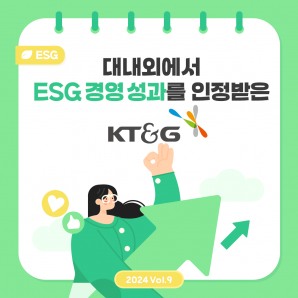

![[카드뉴스] 국립생태원과 함께 환경보호 활동 강화하는 KT&G](https://cfnimage.commutil.kr/phpwas/restmb_setimgmake.php?pp=006&w=298&h=298&m=1&simg=202403221529138957c1c16452b0175114235199_0.png&nmt=18)
![[카드뉴스] 신생아 특례 대출 조건, 한도, 금리, 신청방법 등 총정리...연 1%대, 최대 5억](https://cfnimage.commutil.kr/phpwas/restmb_setimgmake.php?pp=006&w=298&h=298&m=1&simg=20240131105228940de68fcbb35175114235199_0.jpg&nmt=18)
![[신간] 리빌딩 코리아 - 피크 코리아 극복을 위한 생산성 주도 성장 전략](https://cfnimage.commutil.kr/phpwas/restmb_setimgmake.php?pp=006&w=81&h=123&m=5&simg=2025032814555807705f8caa4a5ce12411124362.jpg&nmt=18)
![[신간] 지속 가능 경영, 보고와 검증](https://cfnimage.commutil.kr/phpwas/restmb_setimgmake.php?pp=006&w=81&h=123&m=5&simg=2025011710043006774f8caa4a5ce12411124362.jpg&nmt=18)
![[서평] 추세 매매의 대가들...추세추종 투자전략의 대가 14인 인터뷰](https://cfnimage.commutil.kr/phpwas/restmb_setimgmake.php?pp=006&w=81&h=123&m=5&simg=2023102410444004986c1c16452b0175114235199.jpg&nmt=18)

![[신간] 똑똑한 금융생활...건전한 투자와 건강한 재무설계 지침서](https://cfnimage.commutil.kr/phpwas/restmb_setimgmake.php?pp=006&w=81&h=123&m=5&simg=2025031015443705043c1c16452b012411124362.jpg&nmt=18)

![[카드뉴스] KT&G ‘Global Jr. Committee’, 조직문화 혁신 방안 제언](https://cfnimage.commutil.kr/phpwas/restmb_setimgmake.php?pp=006&w=89&h=45&m=1&simg=202503261121571288de68fcbb3512411124362_0.png&nmt=18)
![[AD] 기아, 혁신적 콤팩트 SUV ‘시로스’ 세계 최초 공개](https://cfnimage.commutil.kr/phpwas/restmb_setimgmake.php?pp=006&w=89&h=45&m=1&simg=2024123113461807771f9c516e42f12411124362.jpg&nmt=18)
![[AD] 아이오닉5 '최고 고도차 주행 전기차' 기네스북 올랐다...압도적 전기차 입증](https://cfnimage.commutil.kr/phpwas/restmb_setimgmake.php?pp=006&w=89&h=45&m=1&simg=2024123113204707739f9c516e42f12411124362.jpg&nmt=18)




